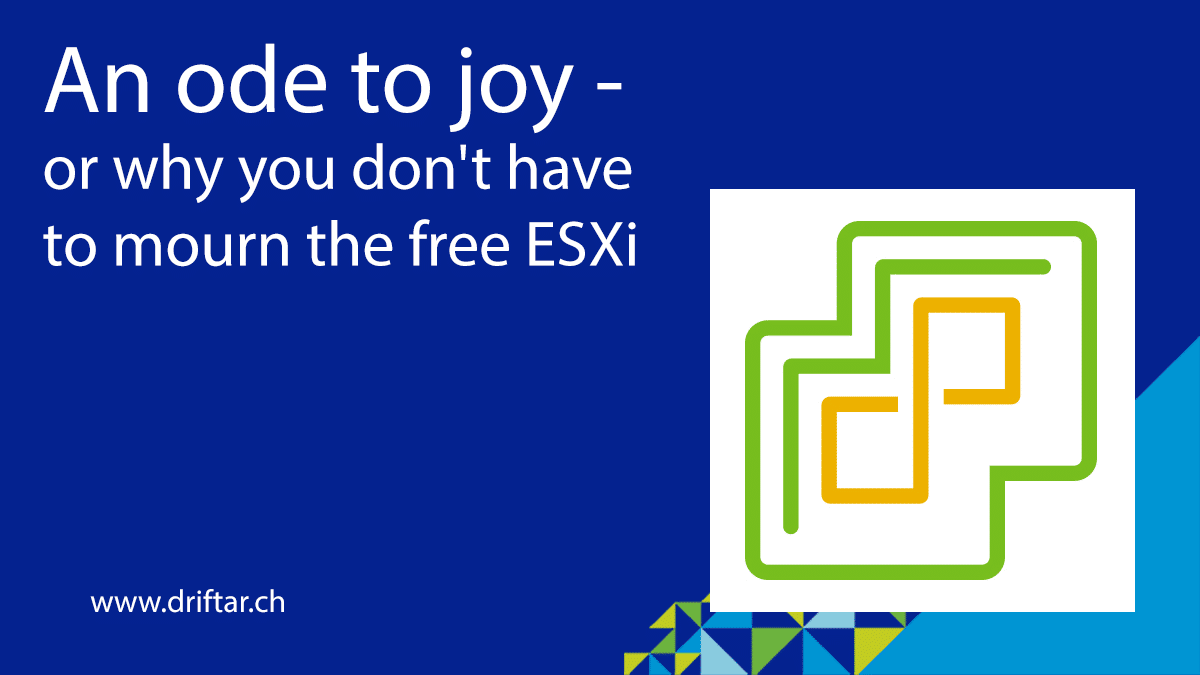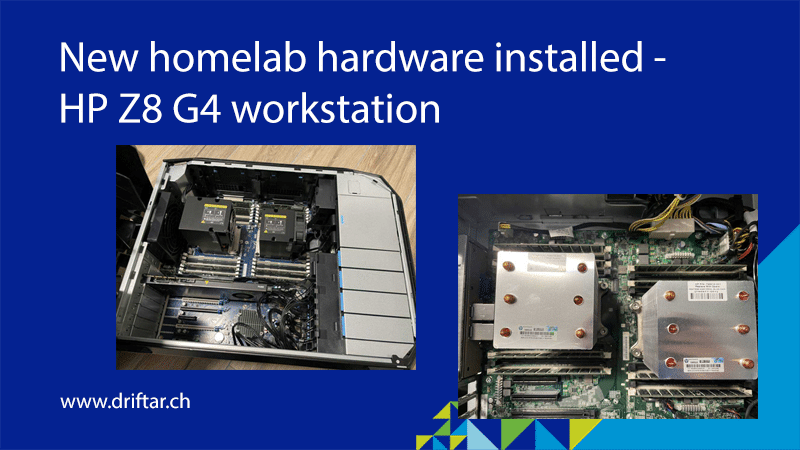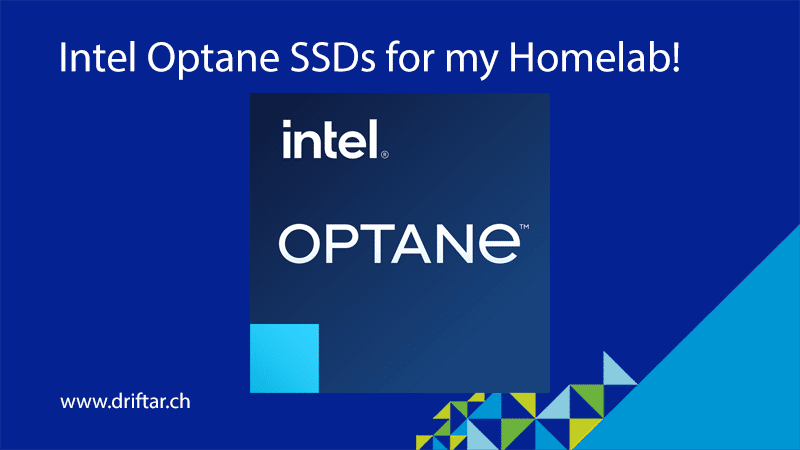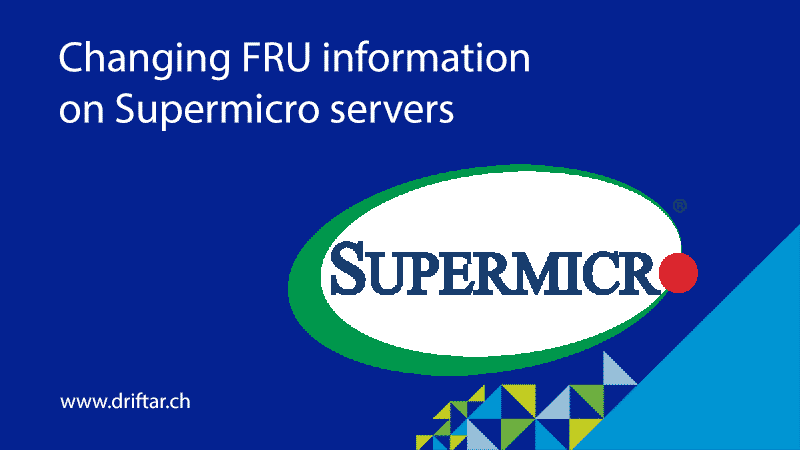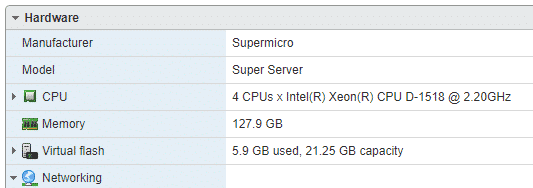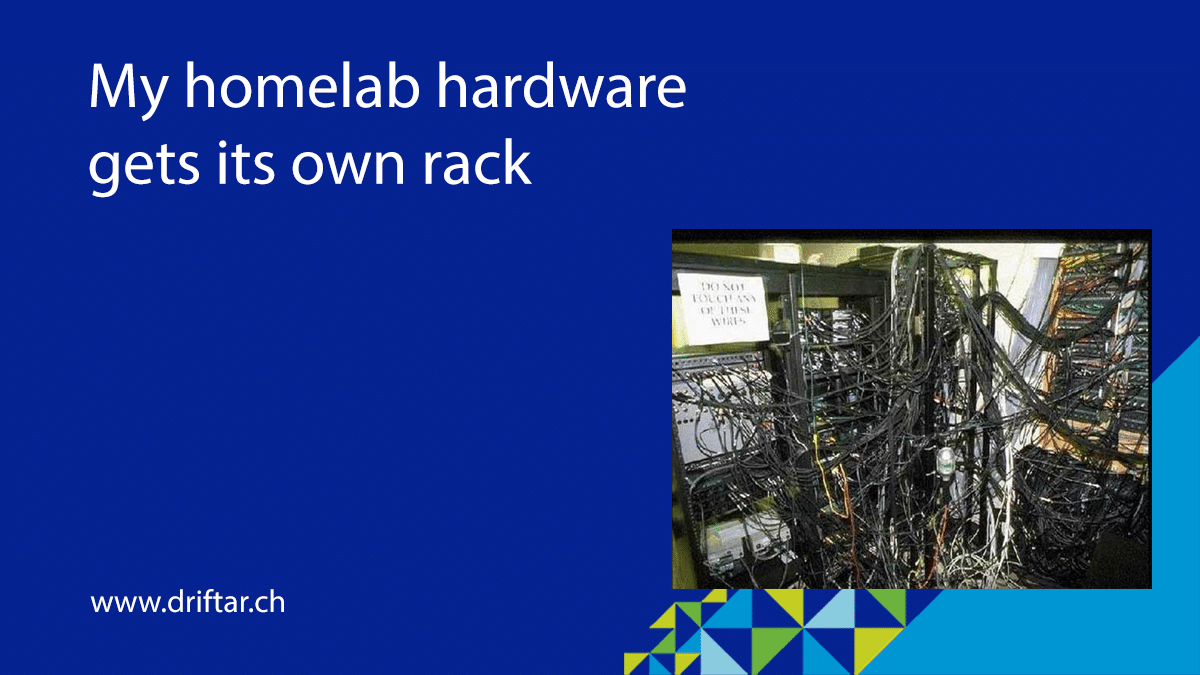An ode to joy, or why you don’t have to mourn the free ESXi. An obituary.
But before I go into depth here, I would like to declare the following:
This blog post is reflecting my personal opinion. Based on my knowledge and experience, as well as the things I have read on the internet and heard from people directly and discussed with them, I have written this blog post.
The title of this blog post says a lot. At least I think so. And I’m glad you stumbled across this blog post or clicked the link wherever it has been posted. In the last few days, there has been a lot of reading about the fact that VMware by Broadcom has canceled the free ESXi hypervisor. And yes, that may not be the fine English way to mash such a product. I don’t even know if there is a “good” way to do something like that.
Yes. It’s bad that the “free ESXi” has been canceled. At least according to what I read about on X (Twitter) and some IT news portals. People were (and still are) angry about this move of thinning out the product portfolio. I never used this free version, and I wasn’t even aware that this was such a big thing. But that doesn’t count here.
Yes. There are alternative hypervisors, like Hyper-V, Proxmox, and others, and they are free. You can run virtual machines even on storage systems like TrueNAS or Unraid (the last one does cost some bucks). And a free hypervisor, I don’t care about the flavor, might be just enough for some people. They may run a homelab with some VMs, maybe some production services for their home network like Pi-Hole, to name one.
But this is it.

